In an ever-changing framework and in a dynamic and complex job market where it is essential to constantly update skills, more and more people at various professional levels are seeking to acquire new resources and abilities through education and training.
Some of the criticism levelled at classic education is that it is based on notions’ system only. Too much information received in a short time and no personalisation with regard to specific skills can leave, in some cases, a basic culture on the subject but with no concrete effect on the practical work.
In spite of the availability of courses of all kinds, there is one mode of training that is rapidly spreading and for which it is worth making some suggestions, because it can be very effective and innovative: coaching one-on-one.
Coaching One-on-One: main features and differences with formal classroom education
While formal classroom education is about transferring knowledge and skills, coaching is a commitment, a partnership process, an agreement between coach and coachee, where the coach helps, motivates and inspires his/her student to implement and develop this knowledge in a personalised environment.
Classroom and group training offers the advantage of quick access to a lot of information and interacting with other people. However, if our aim is to develop a professional project that requires us to put that knowledge into practice in a personalised way in everyday life, classroom training is not always the best choice.
Moreover, training should satisfy a learning need inherent in each of us, but often it is appointed from above and therefore looks more like an obligation to be submitted to. This is where one-to-one and personalized coaching comes in. An individual relationship with the trainer that is based on building a structured relationship of trust to enhance and strengthen personal resources.
One of the important factors of one-to-one training seems to be the possibility of giving back to the student his planning space with respect to what concerns him, giving value to the individual's desire and motivation to learn, allowing him to trace and follow his own original path.
Often this kind of training is dedicated to adults and professionals who want to enter a new job sector or to professionals. However in some cases it can be useful for all those students who have a social discomfort in dealing with large groups of people. In this case, one-on-one coaching can be useful as an orientation training that can support and help them to understand which educational path is more suitable for the objectives they have set.
What qualities are needed to be a coach?
Coaching more than face-to-face teaching is a training programme in which both coach and student challenge themselves. The coach has to be a teacher, a mentor, a friend, a critic and a supporter of the student. He/she must excel in language skills, be able to speak appropriately, listen to explicit words and implicit messages of discomfort and difficulty of the student. Deep listening is an essential skill to enable the growth of awareness of one's personal and professional goals.
At the same time there are no pre-set techniques and procedures in dealing with individual learners. This is mainly due to the fact that one-on-one coaching is personalised. Therefore the coach has to be able to adapt his teaching to the individual characteristics, learning rhythms, language abilities and cognitive prerequisites of ther student. Listening and personalising learning paths, the perfect mix to allow each student to develop his or her intellectual potential.


